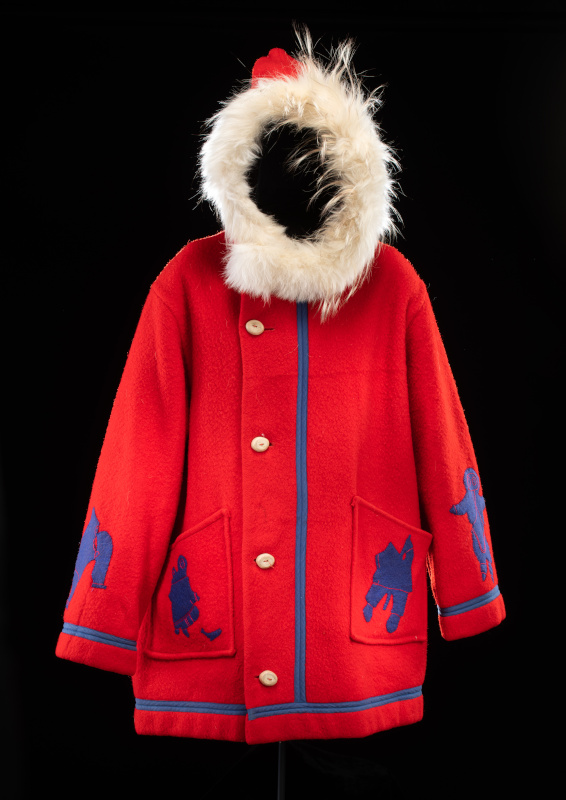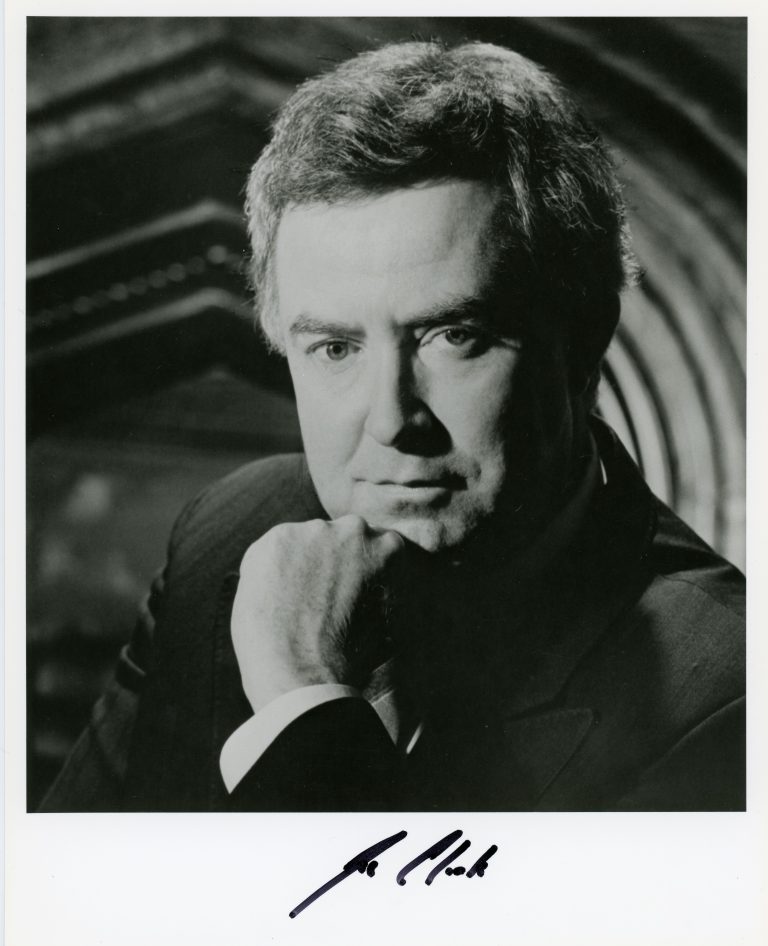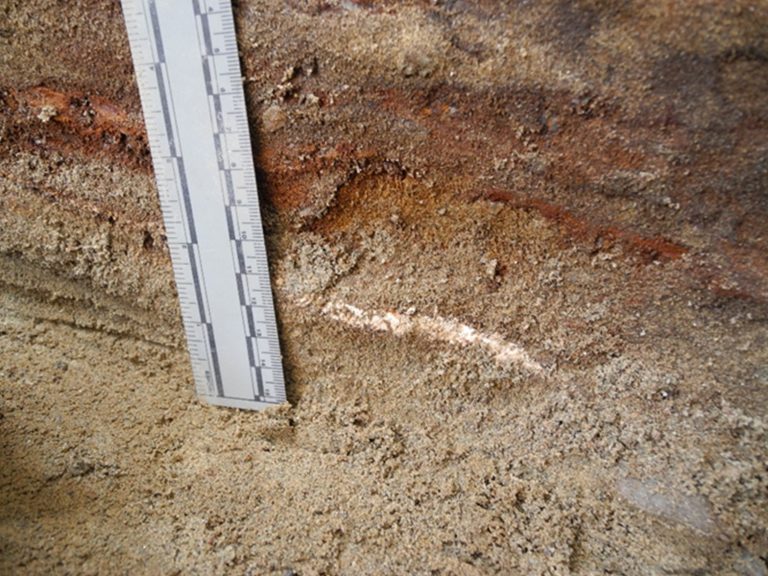The Barrack Hill Cemetery was the first settler cemetery in Ottawa, then known as Bytown. It was opened in late fall 1827 or spring 1828 and most likely closed in late 1843. When created, the cemetery lay on a desolate stretch of road running along the edge of a cedar swamp, at the base of a hill.
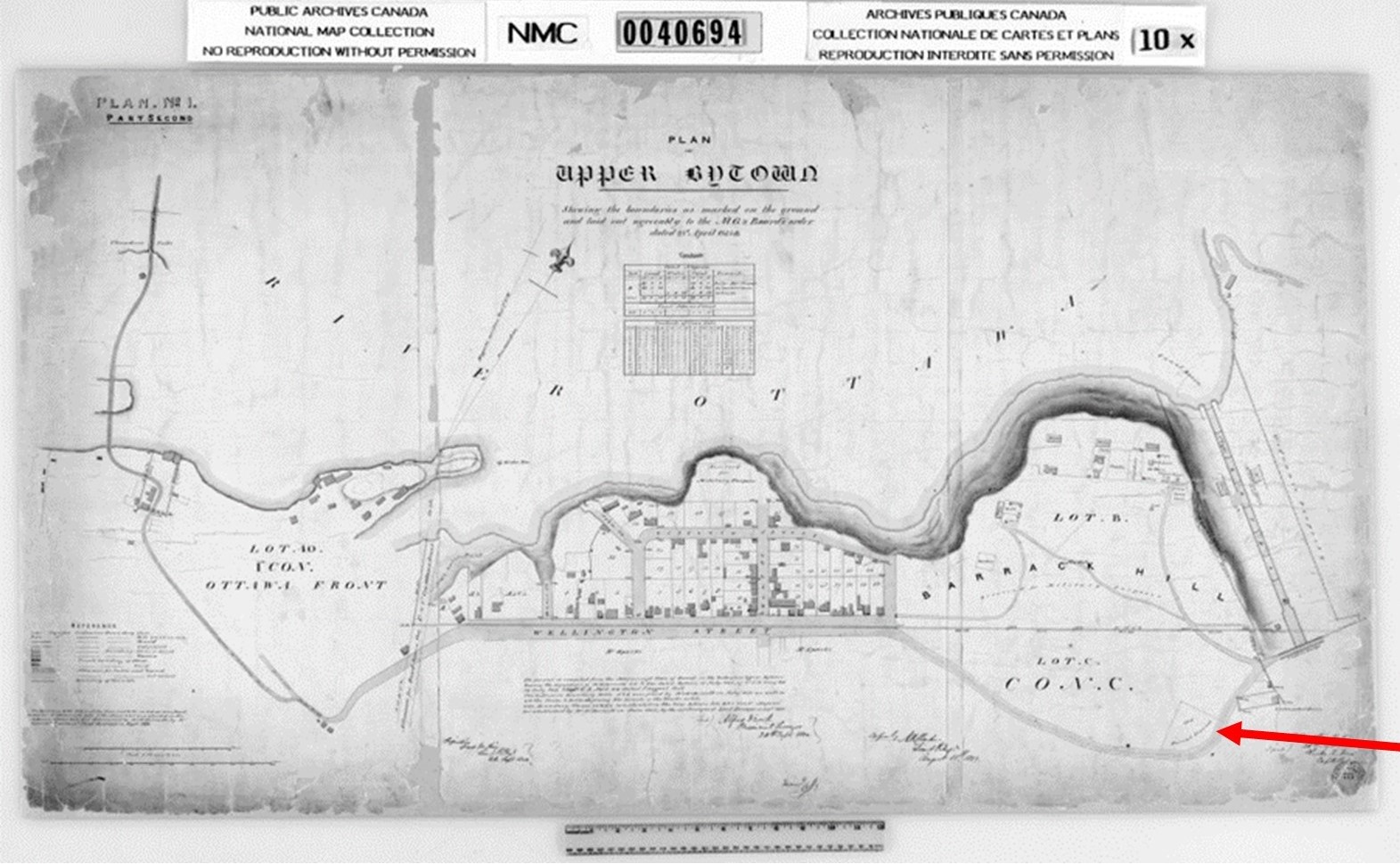
Map of early Upper Bytown with red arrow indicating the location of the cemetery.
(Public Archives Canada NMC#0040694)
The hill remains and, today, is home to Parliament Hill and the Government of Canada, Parliament Hill. The cedar swamp has long since disappeared, as has the desolate winding road. Today, the area is the site of Ottawa’s downtown core, but the remnants of the cemetery linger beneath the city blocks bounded by Sparks, Albert, Elgin and Metcalfe streets.
In 2013, during infrastructure work, human remains were found. Though earlier archaeological assessments suggested that the historic cemetery had been moved, like many others from the time, this was apparently not entirely correct. The primary and secondary burials of those left behind in the cemetery became the focus of an archaeological mitigation strategy supported by the City of Ottawa.

Downtown Ottawa with the streets surrounding the location of the 19th century cemetery highlighted in yellow.
(Google Maps)
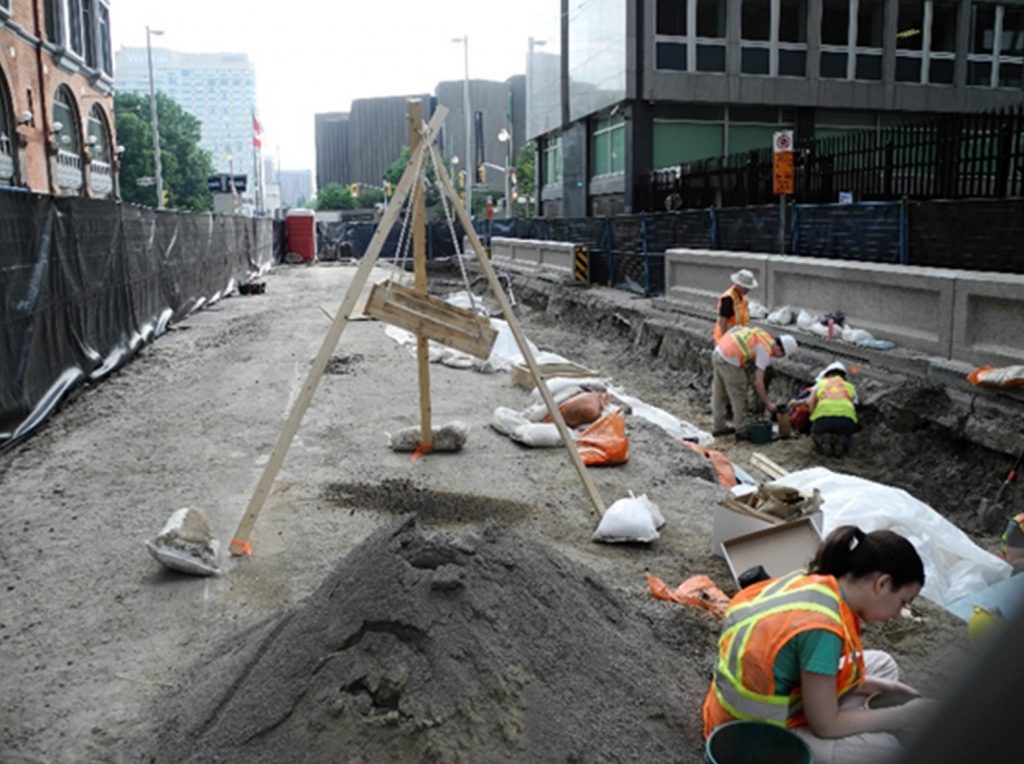
Queen Street excavations, summer 2014.
(Young, 2014)
Find out more
Read more about the findings in the Barrack Hill Cemetery in the blog series, Bone Detective: Mysteries of Those Found Beneath Downtown Ottawa.

Janet Young
Janet Young specializes in the study of human skeletal remains, and has been working at the Canadian Museum of History since 1994.
Read full bio of Janet Young